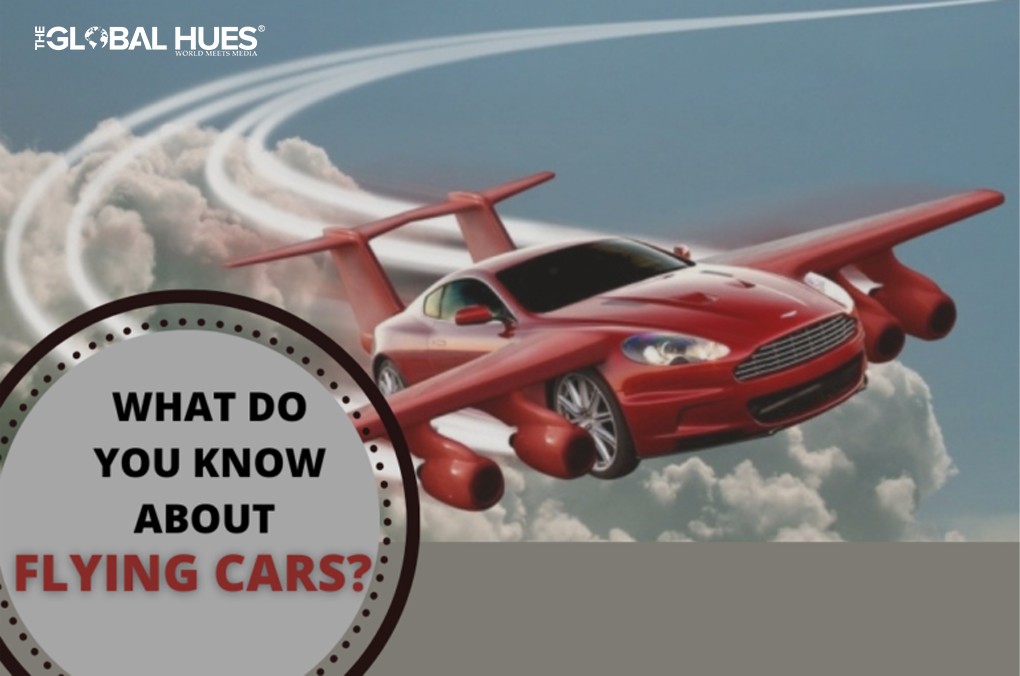Did you know, World’s first flying car has been tested successfully? Flying cars are fascinating new invention and grab attention of many enthusiasts.
Automobiles have been dominating the market since the 1880s when the first automobile was developed. Nearly two decades later, the first airplane was invented by the Wright brothers. Now the world is heading towards a new, combined technology as a flying cars are being tested in many parts of the world. PAL-V is the first flying car to have tested successfully.
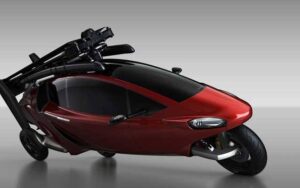
Pc: NCB News
It stands for Personal Air and Land Vehicle manufactured by a Dutch company. PAL-V is a compact aircraft that has capacity for two persons. A flying car is a type of personal air vehicle or roadable aircraft that provides door-to-door transportation by both ground and air. The term “flying car” is also sometimes used to include hover cars.
Recent discoveries in flying cars
Recently, A flying car was tested by a Japanese company- SkyDrive. It is a manned vehicle, model SD-03, an eVTOL expanded as an electrical vertical takeoff and landing vehicle. The first flight test was for a four minutes duration on August 25, 2020.

Pc: Robohub
The aircraft currently under testing consists of one seat, operating on eight motors and two propellers attached at each corner. The flight reached an altitude of 10 feet in the air. This vehicle’s testing was handled by a pilot driven manner.
The chief of SkyDrive said, this car is the most efficient prototype that has come forth in years. This is the only prototype in the last 5 years without fixed wings. It has a compact size and is lighter than other designs. The innovation of this technology has been under work since 2014 when Cartivator- A volunteer organization started SkyDrive. This year, SkyDrive got fundings from the Development Bank of Japan. There were few other investors too.
Are there any new developments in the market of flying cars?
Many other companies in the market are also aiming to develop a similar technology now. This includes Boeing and Airbus. Automakers with a popular hold in markets such as Toyota and Porsche are also working towards it. Hyundai and Uber collaborated on an all-electric air taxi in January. There’s an estimation of air taxis to become common by 2040. The global market is suspected to be projected as $1.4 trillion to $2.9 trillion by then by that time.
Major concerns
Are you also wondering if flying cars are even safe?
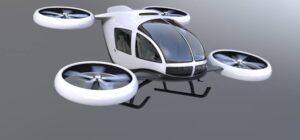
Pc: Lockton
Whenever new technology enters the market, the concern about its safety is one of the major buzzes. It is hard to believe in new technology, especially with such high risk as flying cars. A practical flying car has to be reliable and safe. It should be environment- friendly and efficient in its functioning. To make sales in the market, this technology must be adaptive to be used by the normal public, without pilot assistance. Along with the desired safety, the price must be affordable. Who will buy a car they can’t afford? The latest VTOL aircraft is still under progress in terms of safety concerns.
CEO Tomohiro Fukuzawa said in a statement “We want to realize a society where flying cars are an accessible and convenient means of transportation in the skies and people can experience a safe, secure, and comfortable new way of life.”
What are the key features of the World’s first flying car?
Remember that flying car in Harry Potter movies?
Well, now your dream can come true. Pal-V has so many amazing features. An agreement has already been signed between PAL-V, a Netherlands based company, and India. The set-up will be held in Gujarat, production beginning in 2021. After becoming Hypersonic, this will be another great victory for India. The date of the market launch will be somewhere in the next 2-3 years. Booking in some international markets has already begun.
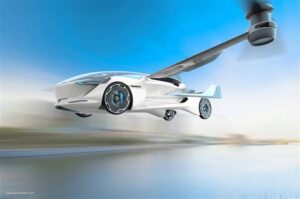
Pc: PAL-V
The features include a speed of up to 160 km on-road whereas 180 mph in the air. The transition time of the car to the flying car would be 3 minutes approximately when on the run. On a full tank, the car can run up to 500 km. It can bear a load of 264 kgs.
Specifications
1. Drive Mode
- Engine Power: 99 bhp
- Top Speed: 160 km/h
- 0-100 km/h: 9 seconds
- Fuel Economy: 13.15 kmpl
- Range: 1315 km
- Length: 4000 mm
- Width: 2000 mm
- Height: 1700 mm
2. Flying Mode
- Engine Power: 200 bhp
- Top Speed: 180 km/h
- Maximum Operating Altitude: 11,500 feet
- Fuel Economy: 5.5 km (or about 26 liters per hour)
- Length: 6100 mm
- Width: 2000 mm
- Height: 3200 mm

Pc: Cars24.com
As per the company, 110 cars have already been booked for export from Gujarat, India. Gujarat was chosen to be the manufacturing hub due to its brilliant infrastructure and easy import available to other countries.
Negative impacts of flying cars
Sadly, flying vehicles are just another way to pave a way for the rich to become richer and show off their wealth. Defenders offer an idealistic vision of consistent comfort and effectiveness that conveys wide-based cultural advantages. The unavoidable truth is that flying vehicles will give preferences on direct clients while worsening the geographic segregation of elites—a spatial sign of developing disparity. Elimination of distance as a limitation in metropolitan turn of events and land use will have significant negative impacts on the climate.
Target base for flying cars
While talking about elites and flying vehicles, it might be enticing to think about the individuals who routinely land on Forbes’ extremely rich people list. Nonetheless, the target segment for short territorial flights is highly paid officials. The business vision is to offer trips at a value point that produces standard interest. To cut flight costs down, the yearly creation of flying vehicles needs to arrive at a level adequate to trigger huge economies of scale. Something else, as per Uber, flying vehicles chances turning into “a housing industry for the rich is much the same as Lamborghinis.
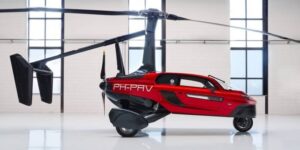
Pc: Delloites
It’s impact
The issue of scale is significant. On the off chance that flying vehicles just gave an intermittent outing to millionaires or extremely rich people, the impact on society would be immaterial. The innovation would be simply one more toy in the stable alongside fascinating vehicles and megayachts. However, if the innovation turns out to be more universal, the impact will turn out to be significantly compromising.
Flying vehicles speak to a political risk since they will permit rich elites to additionally quit basic organizations and ordinary encounters, developing social isolation. The greatest cultural difficulties, for example, fighting environmental change or lightening neediness must be tackled through diligent, aggregate activity.
Conclusion
Flying cars can be a great achievement in the history of technology, reducing distances significantly. Every day an innovation comes with a new threat and new opportunities. In the end, only the right way of utilizing great innovations can lead to a better future.
Also Read:
